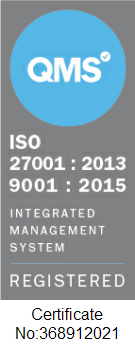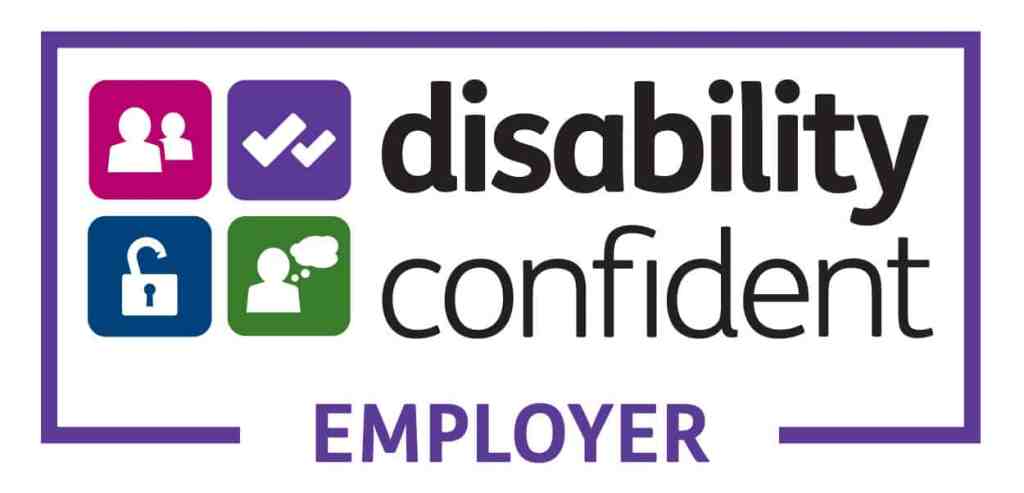We’ve all experienced it. You’ve finally managed to get on to that big ‘to do’ that’s been glaring at you for the last few weeks. You’ve found some time, you’re in the zone, but almost as soon as you’ve started, you feel a pair of eyes on you waiting for you to look up…
“Could you just…”
“Would you mind just having a quick look at…”
Or, my personal favourite:
“I know you’re really busy, but…”
Suddenly a moment of focus and productivity becomes a series of scattered thoughts, jumping from one project or idea to another. You wind up giving none of them your full attention, and can find yourself clumsily grappling your way through to produce only adequate results. Not only that, but you’ll find that your brain will be waving it’s little white flag far earlier in the week that it should!
Even if you are focussing on the one task, sometimes it can be that your phone won’t stop ringing, the person sitting next to you won’t stop talking you through what they did at the gym last night, or you’re eagerly waiting for your Amazon delivery to arrive. Some people even find that background music with lyrics can be distracting (we’ve all started singing along to A-Ha when we should be doing documentation…). It could even be boredom, the monotony of working on one huge or repetitive task non-stop can encourage the mind to wander in a desperate search for something more interesting to think about. Fragmented focus isn’t really focus, and it can have a surprising impact on your effectiveness.
Multitasking can destroy up to 80% of your productive time
According to computer scientist and psychologist Gerald Weinberg, taking on additional tasks simultaneously can destroy up to 80% of your productive time. Here’s how this looks in practice:
Focusing on one task at a time = 100% of your productive time available
Juggling two tasks at a time = 40% of your productive time for each and 20% lost to context switching
Juggling three tasks at a time = 20% of your productive time for each and 40% lost to context switching.
Jory Mackay, Editor of the RescueTime blog, hits the nail on the head, claiming you should treat your working week like your workout routine. Whether you are a gym bunny or not, you’ll know how important the following points are when following an exercise routine:
- Know your limits
- Get enough rest
- Consistency is more important than exertion
- Give yourself a break in between workouts.
While all these principles are equally important in the workspace, the last one is most interesting.
Give yourself a break
Most exercise routines work on a weekly split. You work a muscle hard one day and then give it a rest for the next day (or more) before coming back to it. The same should absolutely apply to your work life. There needs to be a balance between working on one project for too long, and mindlessly jumping from one task to another. A work schedule that combines periods of sustained focus with rest, in a way that’s meaningful.
Battling the baffle can be hard, and there can be a lot of guilt inherent in blocking out the rest of the world for a few hours to get something over the finish line. The main thing here (simple as it sounds) is clear communication with your team.
Making them aware of what you’re doing, why, and when you’ll be available again provides clarity about what you’re trying to achieve, and comfort that you will be available again shortly to help fight fires.
Designate time
Another way around flipping switches is theming your days. Designate Thursdays to admin tasks, or Tuesdays to management meetings. Make a schedule for yourself with each day themed to a particular focus, team or project, allowing a couple of days to sweep up emails and follow up on more ad hoc requests and tasks. The emphasis here should be on creating full days of time for focus. This will need a level of flexibility in line with business needs, but keeping two or three days a week sacred is important.
Whatever your coping strategy, making an effort to avoid the context switching traps will save you time, increase productivity, and most importantly, stop you from burning yourself out trying to be all things to all people, all of the time.
Remember you’re human. Give yourself the space to complete your work meaningfully, and to the quality you want, rather than the quality you can manage.
Written by Chris Roberts, CEO, Nimble Approach
















